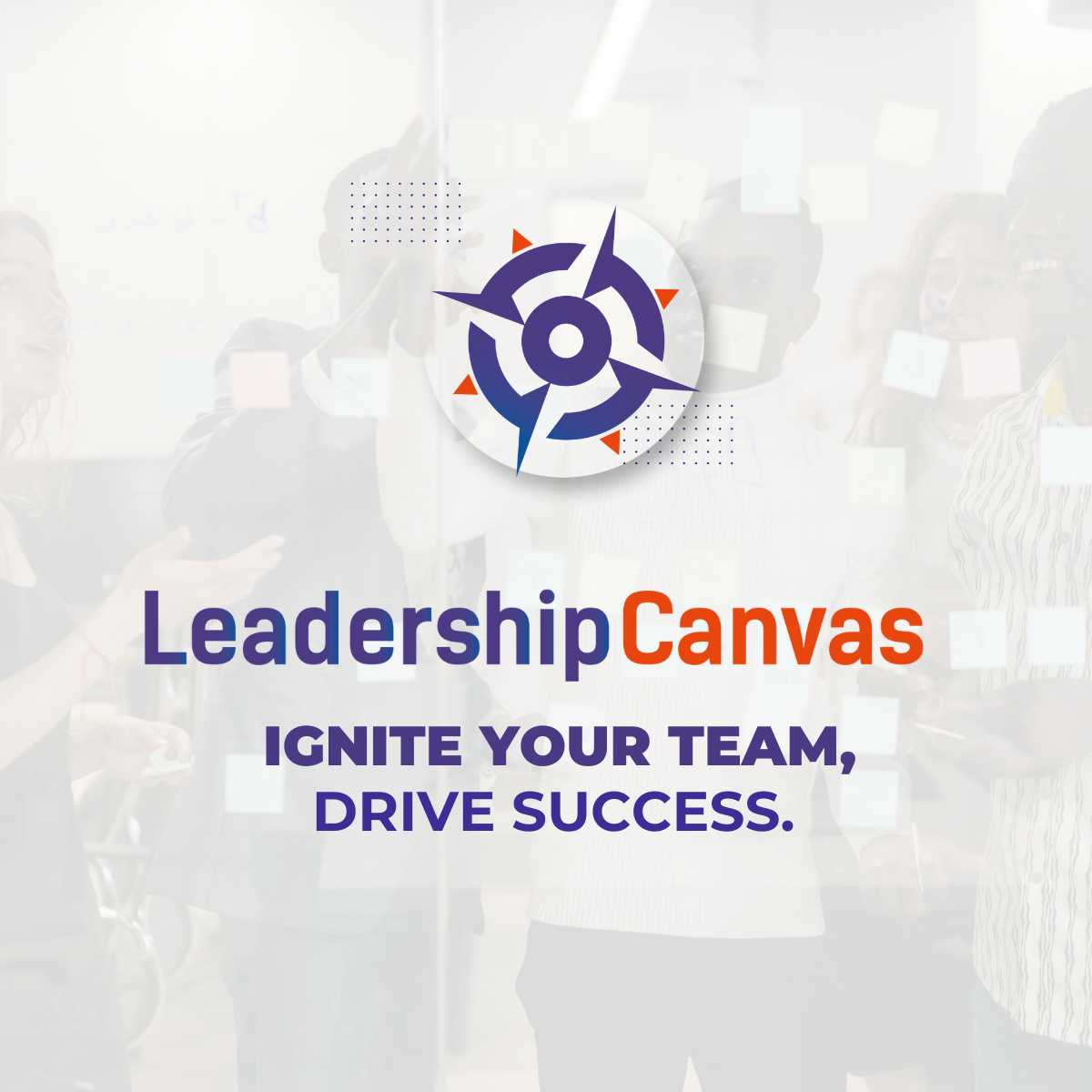Cultivating Organizational Adaptability
At the outset of my professional journey, I discovered that the key determinant of an organization’s success or failure often hinges on its adaptability.
Drawing from my experiences as an officer in the US Army, where quick decision-making in the absence of complete information was not just encouraged but essential, I learned the critical value of adaptability. In the military, constant training aimed at enhancing flexibility amidst uncertainty and shifting situations was a norm. A leader or team that remained rigid often faced setbacks, failing to meet their objectives or delivering lackluster results. In contrast, those adept at adjusting to new circumstances were usually the ones who triumphed. Transitioning into a business executive role, I realized that fostering an agile mindset within a corporate setting follows a similar principle.
As a consultant, I advocate for cultivating organizational agility through systematic training, targeting leaders and change agents with a methodology that imbues the spirit of adaptability and proactive change.
Here, we explore key strategies for enhancing adaptability in your organization, complemented by real-world examples.
Embrace a Growth Mindset

At the core of adaptability is a growth mindset – the belief that skills and intelligence can be developed over time. Cultivating this mindset across the organization encourages learning, resilience, and a willingness to tackle challenges.
Example: A software company we implemented our methodology with encourages a growth mindset by hosting regular “failure forums” where teams share projects that didn’t go as planned and lessons learned. This initiative has normalized the learning process from failure, fostering an environment where innovation and risk-taking are encouraged.
Foster Open Communication

Transparent and open communication channels allow for the free flow of information, ideas, and feedback, which is essential for adapting to change effectively. It ensures that everyone is aligned and can contribute to the organization’s agility.
Example: An e-commerce platform implemented a company-wide chat tool that includes channels for specific projects, teams, and interests. This tool has facilitated quicker decision-making and problem-solving, enhancing the company’s ability to adapt to market changes rapidly.
Promote Cross-Functional Collaboration

Breaking down silos and encouraging collaboration across departments can lead to more innovative solutions and a more agile organization. Cross-functional teams bring diverse perspectives and can adapt more quickly to new challenges.
Example: A consumer goods company created cross-functional squads tasked with developing new products within a 90-day cycle. This approach led to the launch of several successful products and a significant reduction in time-to-market.
Invest in Continuous Learning and Development

Providing opportunities for employees to learn and develop new skills prepares your workforce to adapt to changes. Continuous learning should be a key component of the organizational culture.
Example: A global company offers an “Adaptability Quotient” assessment and training program. This program helps employees identify areas for growth in adaptability and provides resources to develop these skills. This has empowered teams to better manage and thrive in changing conditions.
Encourage and Reward

Recognizing and rewarding flexibility and adaptability in employees can reinforce these behaviors. This can be through formal recognition programs, bonuses, or even just through acknowledgment in team meetings.
Example: An engineering firm introduced an “Innovator of the Month” award, recognizing employees who successfully adapt to new technologies or processes. This has created a culture where adaptability is valued and celebrated.
Conclusion
Adaptability is a multifaceted capability that encompasses mindset, communication, collaboration, learning, and the strategic use of technology. By implementing these strategies, organizations can cultivate a culture of adaptability, positioning themselves to successfully navigate the complexities of the modern business environment.
Things to Consider
Consider your organization’s current state of adaptability. Which of the above strategies could you enhance or implement to become more agile? Engage with your team to identify opportunities for improvement and commit to making adaptability a core strength of your organizational culture.






+ Show / Hide Comments
Share to: